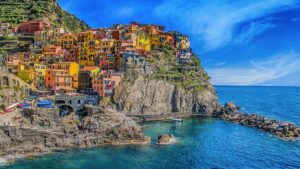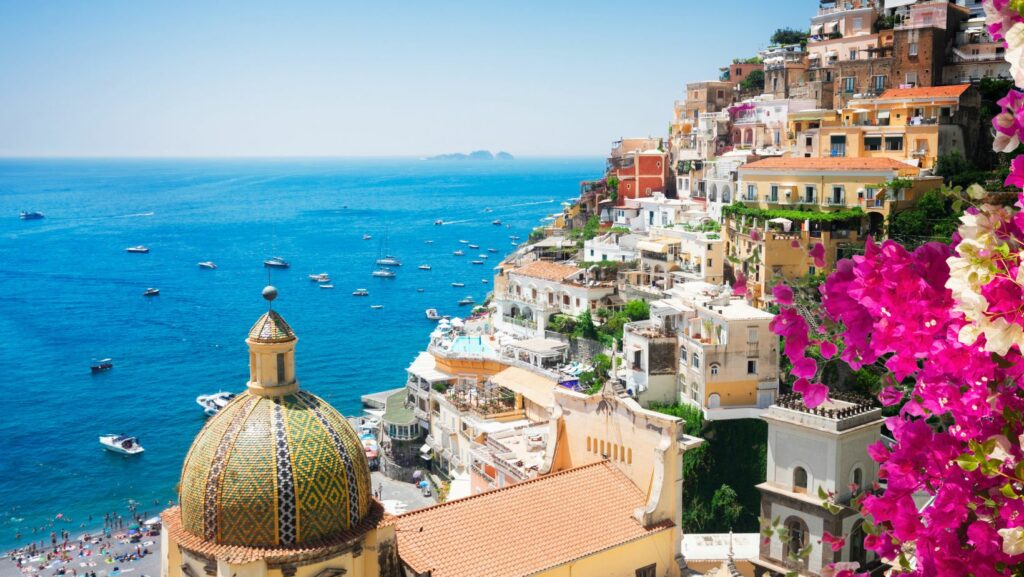 Italy, a country synonymous with rich history, stunning landscapes, and a culinary tradition that’s the envy of the world, beckons travelers with its promise of a journey filled with discovery and delight. From the rolling hills of Tuscany to the bustling streets of Rome, Italy offers a tapestry of experiences that cater to every type of traveler. However, navigating the wonders of this country can be as complex as it is captivating.
Italy, a country synonymous with rich history, stunning landscapes, and a culinary tradition that’s the envy of the world, beckons travelers with its promise of a journey filled with discovery and delight. From the rolling hills of Tuscany to the bustling streets of Rome, Italy offers a tapestry of experiences that cater to every type of traveler. However, navigating the wonders of this country can be as complex as it is captivating.
To make the most of an Italian getaway, savvy travelers arm themselves with tips that unlock the secrets to enjoying La Dolce Vita. Knowing the best times to visit, understanding local customs, and mastering a few key Italian phrases can transform a good vacation into a great one. With a little preparation, visitors can immerse themselves in Italy’s rich cultural heritage, indulge in its world-renowned cuisine, and explore its breathtaking landscapes, all while navigating the country like a local.
Travel Tips For Italy
Following the introduction of Italy’s rich cultural heritage, breathtaking landscapes, and world-class cuisine, this section delves into practical travel tips for Italy, ensuring travelers can make the most of their journey. From deciding on the best period to explore this exquisite country to crafting a compelling itinerary and effectively managing expenses, these insights aim to streamline any trip to Italy, making it unforgettable.
Choosing the Best Time to Visit
 To optimize the Italian experience, selecting the right time for a visit is crucial. Italy’s peak tourist season runs from June to August, offering warm weather ideal for beach holidays and exploring the vibrant nightlife. However, this period also sees the highest crowd levels and elevated prices. For those seeking a more tranquil visit with mild weather, the shoulder seasons, April to May and September to October, provide a perfect balance. During these months, visitors enjoy fewer crowds, pleasant temperatures, and lower accommodation rates, making it an excellent time for exploring Italy’s historical sites and rural landscapes.
To optimize the Italian experience, selecting the right time for a visit is crucial. Italy’s peak tourist season runs from June to August, offering warm weather ideal for beach holidays and exploring the vibrant nightlife. However, this period also sees the highest crowd levels and elevated prices. For those seeking a more tranquil visit with mild weather, the shoulder seasons, April to May and September to October, provide a perfect balance. During these months, visitors enjoy fewer crowds, pleasant temperatures, and lower accommodation rates, making it an excellent time for exploring Italy’s historical sites and rural landscapes.
Mapping Out Your Itinerary
Designing a well-thought-out itinerary is essential for any successful trip to Italy. Given its rich tapestry of history, culture, and natural beauty, prioritizing destinations based on personal interests is key. First-timers might focus on major cities such as Rome, Venice, and Florence, home to iconic landmarks like the Colosseum, St. Mark’s Basilica, and the Uffizi Gallery. Those interested in culinary adventures could explore the Tuscany region, famous for its wine and olive oil, while beach lovers might prefer the Amalfi Coast or Sicily. To get a deeper understanding of Italy’s diversity, incorporating a mix of urban exploration, countryside retreats, and coastal relaxation into the itinerary is advisable. Using regional trains or renting a car can offer flexibility and the opportunity to discover lesser-known gems.
Budgeting for Your Trip
 Effectively managing finances is a vital aspect of any travel plan, especially in a destination as varied as Italy. Accommodation costs can vary significantly, with options ranging from luxury hotels to budget-friendly hostels and Airbnb rentals. Dining out, particularly in tourist hotspots, can quickly add up, but visitors can save by enjoying meals at local trattorias or purchasing fresh produce from markets. Admission fees to major attractions and museums are to be expected, yet many cities offer passes combining multiple attractions at a discounted rate. For transportation, leveraging Italy’s extensive public transit network can be a cost-effective alternative to renting a car.
Effectively managing finances is a vital aspect of any travel plan, especially in a destination as varied as Italy. Accommodation costs can vary significantly, with options ranging from luxury hotels to budget-friendly hostels and Airbnb rentals. Dining out, particularly in tourist hotspots, can quickly add up, but visitors can save by enjoying meals at local trattorias or purchasing fresh produce from markets. Admission fees to major attractions and museums are to be expected, yet many cities offer passes combining multiple attractions at a discounted rate. For transportation, leveraging Italy’s extensive public transit network can be a cost-effective alternative to renting a car.
Italy’s weather varies significantly from the sun-drenched Amalfi Coast to the snow-capped Alps. Hence, packing versatile clothing that can adapt to changing conditions is crucial. In spring and autumn, temperatures fluctuate, making layers a savvy choice. Items such as lightweight jackets, scarves, and breathable fabrics provide comfort during warmer days and protection during cooler evenings. Summer demands lighter clothing — think cotton shirts, dresses, and shorts combined with sun hats and sunglasses to shield against the Mediterranean sun. Conversely, winter in Italy, especially in the north, requires warm coats, thermal wear, and waterproof boots to navigate the chilly, sometimes snowy streets. Remember, Italians pride themselves on their fashion sense. Including a few chic outfits for evening outings ensures not just comfort but also blending in stylishly with the local crowd.

